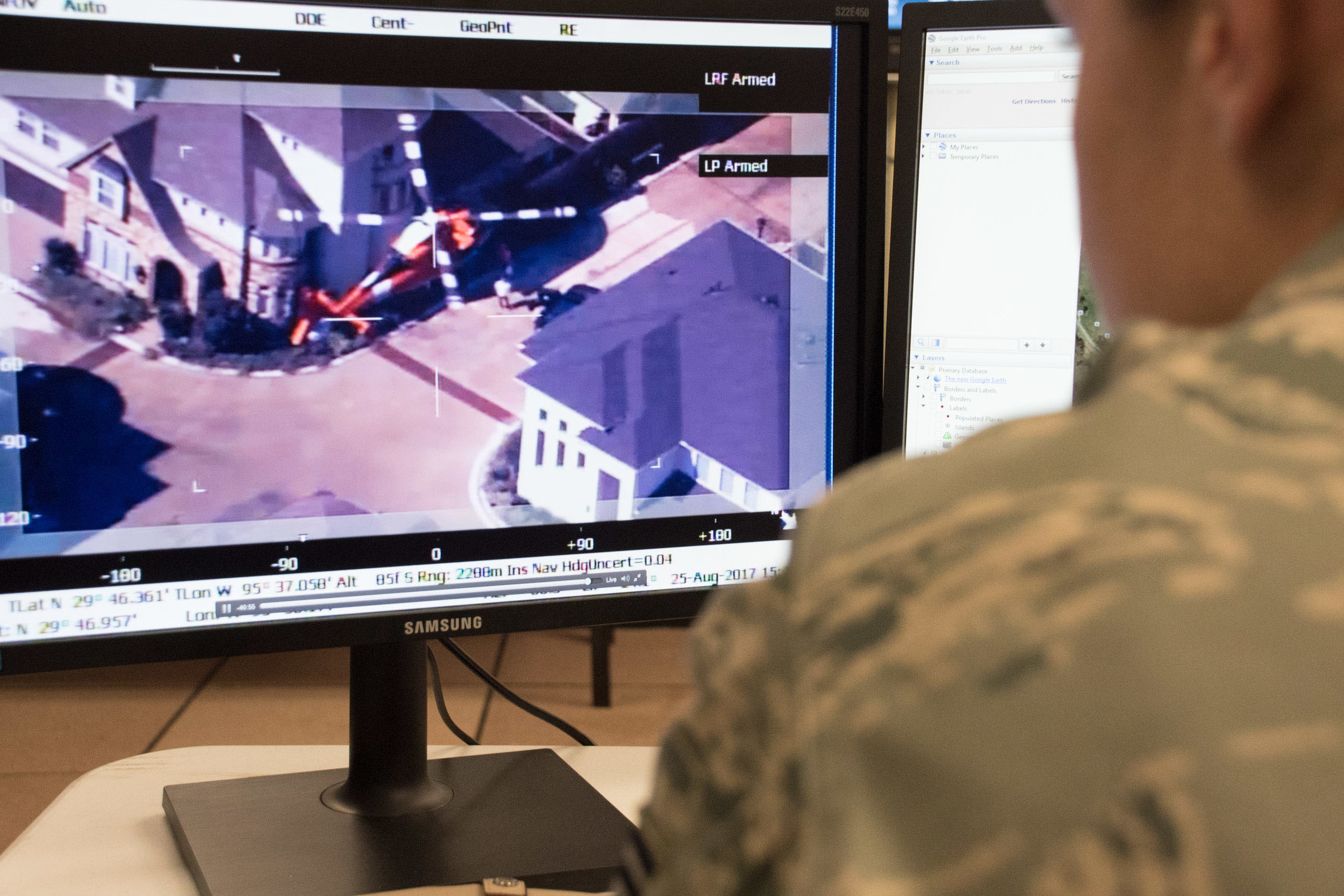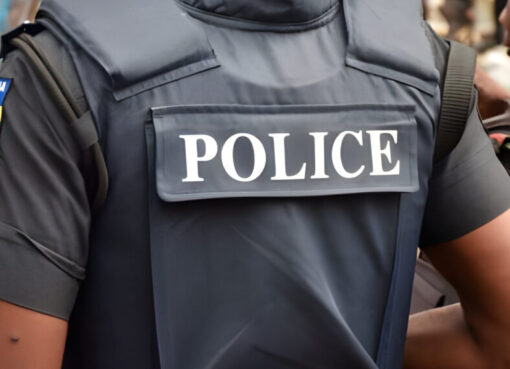“These intelligence analysts are applying the knowledge, skills and experience they’ve gleaned from years of work in our federal mission, the Distributed Common Ground System, to the current Hurricane Harvey recovery efforts in support of civil authorities,” Air Force Col. David McNulty, commander of the 102nd Intelligence, Surveillance and Reconnaissance Group, said.
In the federal DCGS mission, analysts use state-of-the-art equipment leveraging worldwide secure networks to analyze and interpret information collected by some of the world’s most advanced reconnaissance aircraft, such as the MQ-9 Reaper, RQ-4 Global Hawk and U-2 Dragon Lady.
“While they use commercial, off-the-shelf systems on unclassified networks and get their information from commercial satellites, Air National Guard RC-26 or Civil Air Patrol aircraft,” McNulty said, “the way they approach the problems and answer the key questions and fill information gaps is the same.”
Variety of Sources
When tasked for domestic operations in response to requests for assistance from civil authorities in cases of emergencies and natural disasters, airmen use unclassified processing, analysis and dissemination equipment, commercially available software and nonsecure networks. They are capable of processing and analyzing information from multiple sources, including commercial satellites, Civil Air Patrol aircraft, and UH-72 Lakota and RC-26 Metroliners.
“They’re extremely motivated, knowing that what they’re doing here on Cape Cod can help those in need in Texas,” McNulty of his airmen. “I’ve been awestruck by how quickly they’ve gotten up to speed and built their situational awareness up since we stood up our information awareness and assessment team.”
Incident awareness and assessment support provides civil authorities in the affected regions information needed to make critical decisions as efficiently and effectively as possible.
The airmen here analyze images and interpret raw data from a number of sources and transform this material into decision-quality information to provide a “picture” of the affected region. This provides civil authorities the resources needed to make critical decisions as efficiently and effectively as possible, officials explained.






